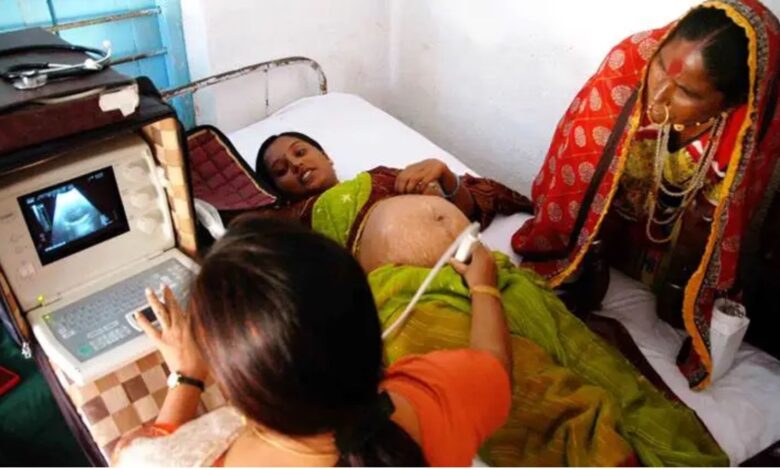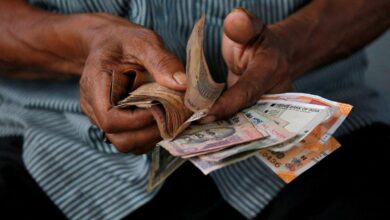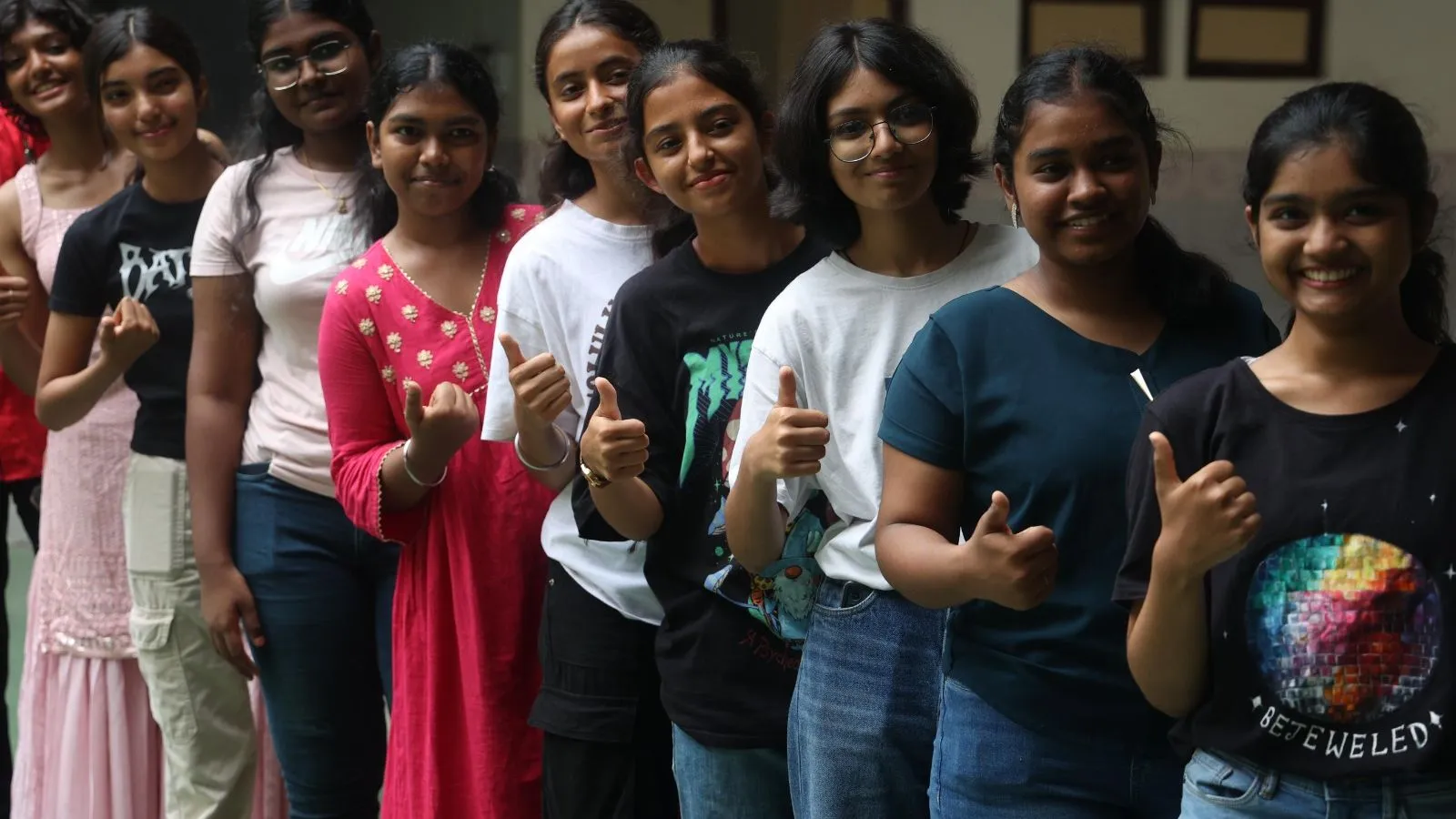The spread of sex selection in India: Not just the foreign hand

Debroy, Sanyal and Sinha (henceforth DSS) approvingly cite a 2011 book by the American journalist Mara Hvistendahl, Unnatural Selection: Choosing Boys over Girls and the Consequences of a World full of Men.
I will not discuss DSS’s claims on British colonial policy because this has been well covered by historians. Female infanticide — an existing pre-colonial practice amongst groups such as the Rajputs — intensified and spread as an unintended consequence of British land and revenue policies, as families tried to match their sudden resource constraints by resorting (among other things) to female infanticide so as to escape the humiliation of an unmarried daughter with too little dowry.
DSS do not acknowledge that this sense of humiliation, born of what the historian Barbara Miller pithily called “pride and purse”, was indeed part of Indian culture. But the main argument of the DSS article draws from a section of Hvistendahl’s book – whose chapters race across the globe and decades in bewildering fashion — to focus on an American population expert Sheldon Segal who spent some years during the 1960s advising doctors in AIIMS, Delhi on population control.
Hvistendahl’s claim is that he trained them in sex selection technologies (though it is quite unclear what these were) with huge backing from US foundations and INGOs. DSS use this to claim that Segal engineered the direct and immediate spread of sex selection methods across the country, offering as proof the Child Sex Ratios (CSRs, in the 0-6 age group) from the Census.

The figures they quote (of girls per 1,000 boys) are: 943 in 1951, 941 in 1961, 930 in 1971, 934 in 1981, and 927 in 1991. They see 1971 as the critical turning point with a significant drop in the CSR because of the sex determination tests introduced by Sheldon in the 1960s.
However, the figures DSS quote are not CSRs at all but the overall sex ratios (for all ages), which are irrelevant as evidence of sex selection! As early as the 1960s, Indian demographers were worried over a declining trend in the overall sex ratio from the turn of the 20th century, indicating a comparatively greater neglect of women compared to men. But CSRs are the relevant Census figures for considering the effects of pre-natal sex selection (though they would also be indicators of any excess female child mortality). CSRs began to be estimated from the 1971 Census (created to determine literacy rates accurately).
The CSRs for 1971 onwards are: 964 in 1971; 962 in 1981; 945 in 1991; 927 in 2001; and 918 in 2011. If, as DSS acknowledge, 950 girls per 1,000 boys is the standard, then the impact of sex selection is visible not in 1971 (as they claim) but two decades later, in 1991. It is in 1991 that Haryana and Punjab recorded huge CSR drops, and it is only in 2001 that the national CSR dropped below the overall sex ratio. There is no statistical evidence of prenatal sex selection in the 1960s and 1970s; sex selection became significant only from the 1980s.
DSS are quite right to point to the influence of INGOs motivated “by Malthusian fears of overpopulation” in post independent India. These fears led to the excesses of the Emergency under Indira Gandhi. But DSS are quite wrong when it comes to dating sex-selection technologies, and charting their spread.
Amniocentesis (first introduced in 1975) never became a mass method for sex selection; this happened only with the arrival of ultrasound technology in the 1980s. Unlike amniocentesis, ultrasound scanning was part of general prenatal care; its misuse for sex determination followed later. What DSS do not mention is that, beginning with amniocentesis, it is the mobilisation by women’s organisations and health activists that led to a ban on such testing in government hospitals in 1978, but this did not stop private practitioners.
Later, it was the interventions of activists that resulted in a legal ban on sex determination, first in Maharashtra in 1986 and then nationally in 1994. That the law was poorly implemented tells us about the nexus of private medical practitioners and government officials. That families in certain regions pushed women into sex selection to bear a son tells us about the complex relationships between the desire for a small family, the devaluation of daughters, and the constraints of contemporary economic development shaping such family-building strategies.
Who, then, is to blame? Hvistendahl is right to question the easy answer — the traditional family. A better answer would be the modernising family buffeted by rapid social and economic change, wanting a small family (backed by the Indian state’s two child norm), hoping for at least one son for their economic future and at most one daughter to be successfully settled “elsewhere”. Technology has a necessary part in this story, but it is not the main protagonist.
So, yes, we need more research on the geopolitical implications of independent India’s trysts with population control and US imperialism. However, Hvistendahl’s simplistic conspiracy theories will not do, nor will the DSS article, which only misleads.
Speaking from the ramparts of the Red Fort in 2019, our Prime Minister declared “population explosion” to be one of India’s main problems. He asked: “With an ever increasing population, we have to think, can we do justice to the aspirations of our children? Before a child is born in our home, we must ask if we have prepared ourselves to fulfil the child’s needs, or are we going to leave the child to its fate?” How should Indian families answer these questions today?
The writer is a retired professor of Women’s Studies. Views are personal







